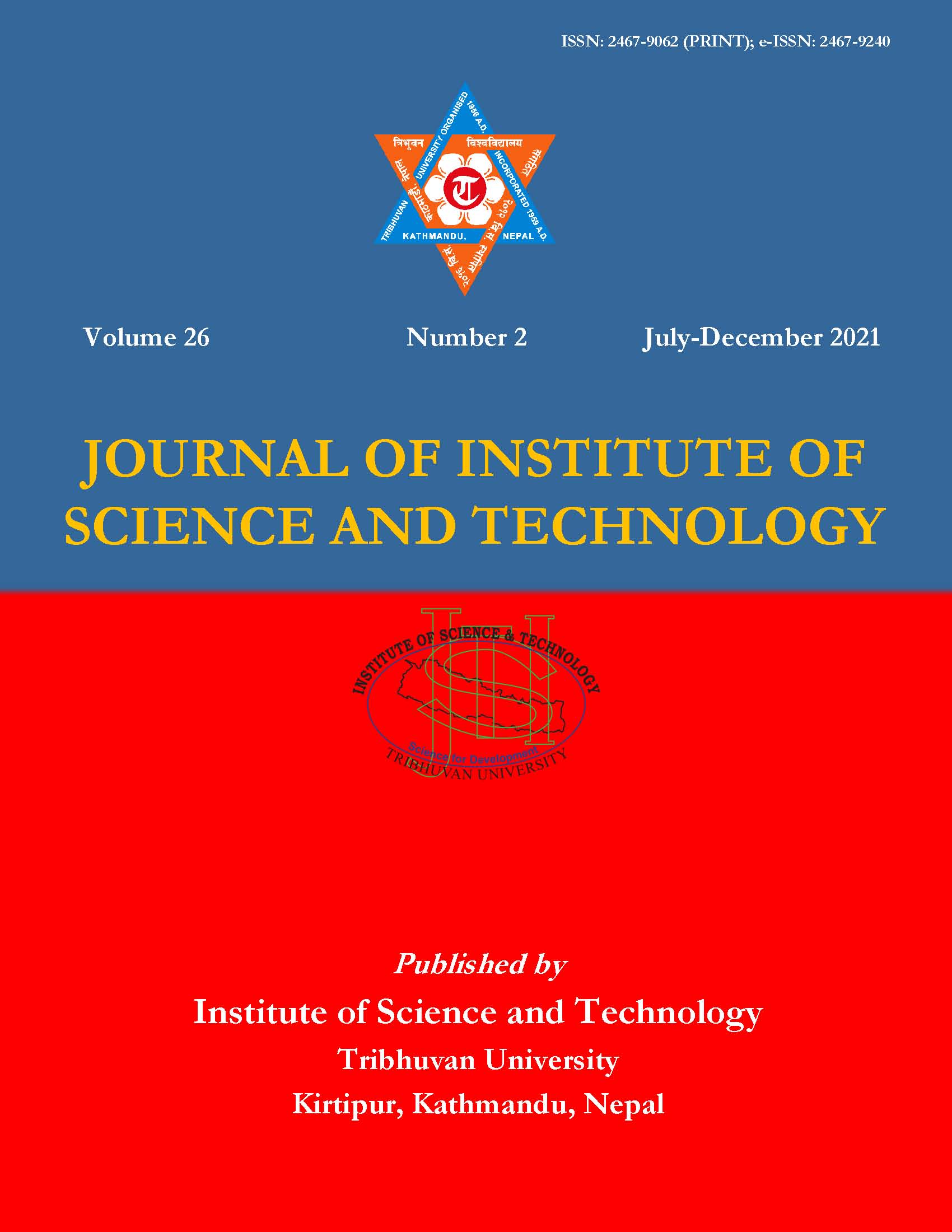Does the High Elevation Climate along Mt. Everest can be Represented by Lower Elevation Stations?
DOI:
https://doi.org/10.3126/jist.v26i2.41549Keywords:
Climate change, climatic linkage, elevational gradient, Mt EverestAbstract
Climate change studies of the high mountain areas of the central Himalayan region are mostly represented by the meteorological stations of the lower elevation. Therefore, to validate the climatic linkages, daily observational climate data from five automated weather stations (AWS) at elevations ranging from 2660 m to 5600 m on the southern slope of Mt. Everest were examined. Despite variations in the means and distribution of daily, 5-day, 10-day, and monthly temperature and precipitation between stations located at a higher elevation and their corresponding lower elevation, temperature records in the different elevations are highly correlated. In contrast, the precipitation data shows a comparatively weaker correlation. The slopes of the regression model (0.82–1.13) with (R2>0.74) for higher altitude (5050 m and 5600 m) throughout the year, 0.83–1.12 (R2>0.68) except late monsoon season for the station at 4260 m and 5050 m asl indicated the similar variability of the temperature between those stations. Similarly, Namche (3570 m) temperature changes by 0.81–1.32°C per degree change in corresponding lower elevation Lukla station (2660 m), except for monsoon season. However, inconsistent variation was observed between the station with a large altitudinal difference (2940 m) at Lukla and Kala Patthar (5600 m). In general, climate records from corresponding lower elevation can be used to quantitatively assess climatic information of the high elevation areas on the southern slope of Mt. Everest. However, corrections are necessary when absolute values of climatic factors are considered, especially in snow cover and snow-free areas. This study will be beneficial for understanding the high-altitude climate change and impact studies.
Downloads
Downloads
Published
How to Cite
Issue
Section
License
Copyright (c) 2021 Institute of Science and Technology, T.U.

This work is licensed under a Creative Commons Attribution-ShareAlike 4.0 International License.
The views and interpretations in this journal are those of the author(s). They are not attributable to the Institute of Science and Technology, T.U. and do not imply the expression of any opinion concerning the legal status of any country, territory, city, area of its authorities, or concerning the delimitation of its frontiers of boundaries.
The copyright of the articles is held by the Institute of Science and Technology, T.U.




